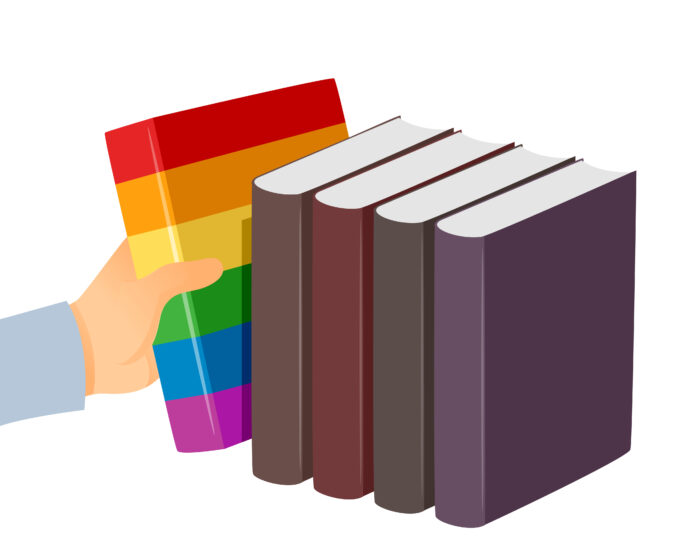LGBT History Month is around the corner. Which state do you believe contributed more to achieving LGBTQ+ Equality? Here’s a hint: It’s not California. It’s not even New York.
Make room for Pennsylvania.
Here’s just a short list of some monumental moments in history:
- 1965: First sit-in, Dewey’s Restaurant
- 1965-1969: First national demonstrations
- 1972: First Gay Pride Parade in Philadelphia
- 1972-1973: Campaign against TV networks to end invisibility of our community
- 1973: Debate with members of the American Psychiatric Association’s (APA) position on homosexuality on the Phil Donahue Show
- 1975-1976: Gov. Milton Shapp establishes the first state nondiscrimination employment executive order; the Governor’s Council for Sexual Minorities, which featured members of the LGBTQ+ community and liaisons from each governmental department
- 1976: Philadelphia Congressman Robert N.C. Nix signs onto Congresswoman Bella Abzug’s Congressional LGBT Rights Bill
- 1979: Gov. Richard Thornburgh becomes the first Republican governor to pass a statewide resolution recognizing LGBTQ+ equality
- 1996: Philadelphia becomes the first city in the nation to receive congressional funding for an LGBTQ+ project, for what would become the William Way LGBT Community Center
- 1998: The New York Times, Salon and PGN appear before the Supreme Court and defeat The Child Online Protection Act. Justice Ruth Bader Ginsburg referred to PGN in her questioning of the law. Justice Ruth Bader Ginsburg stated, and I paraphrase: “If this law stands, that would mean that publications like Philadelphia Gay News would not be allowed to publish medical and educational information about HIV/AIDS.”
- 2005: Philadelphia’s 4th of July concert with Elton John, which raised more than $1m for HIV/AIDS awareness
- 2014: Grand opening of the 19.8 million dollar John C. Anderson Apartments, affordable LGBTQ-friendly apartments; Marriage equality becomes law in Pennsylvania, a year before it becomes nationally recognized
That’s just a short list, and it’s a list we should take great pride in.
Last week, I had a run in with history. It’s rare when you are honored along with a living legend. In this case, it was Andrew Young, the iconic civil rights activist, former mayor of Atlanta and former congressman who also served as President Jimmy Carter’s ambassador to the United Nations. At 91 years, he can still chat about the history he witnessed and participated in, and at the turn of a page, make you laugh at today’s problems rather than get angry. He’s simply an inspiration.
We celebrated the 10th anniversary of a documentary we’re both featured in, “Voices of the Civil Rights Movement.” Comcast, the producers of the award-winning documentary, brought 20 of us together to celebrate. Upon arriving, they ushered us to the green room where — to my delight — Ambassador Young was presiding and sharing his history. His ability to connect history with today’s current events was something to marvel at. When the issue of immigration was mentioned, he told us of a plan during the Carter administration which would have created a second Panama Canal, this time through Nicaragua. As he put it: If we had followed that plan, the economic benefits in Central America would be so great that their citizens would be staying there, not traveling to the border today for jobs.
Never forget your history or the history you took part in. And take every chance you get to record it. You never know when it might be a lesson for the future.

